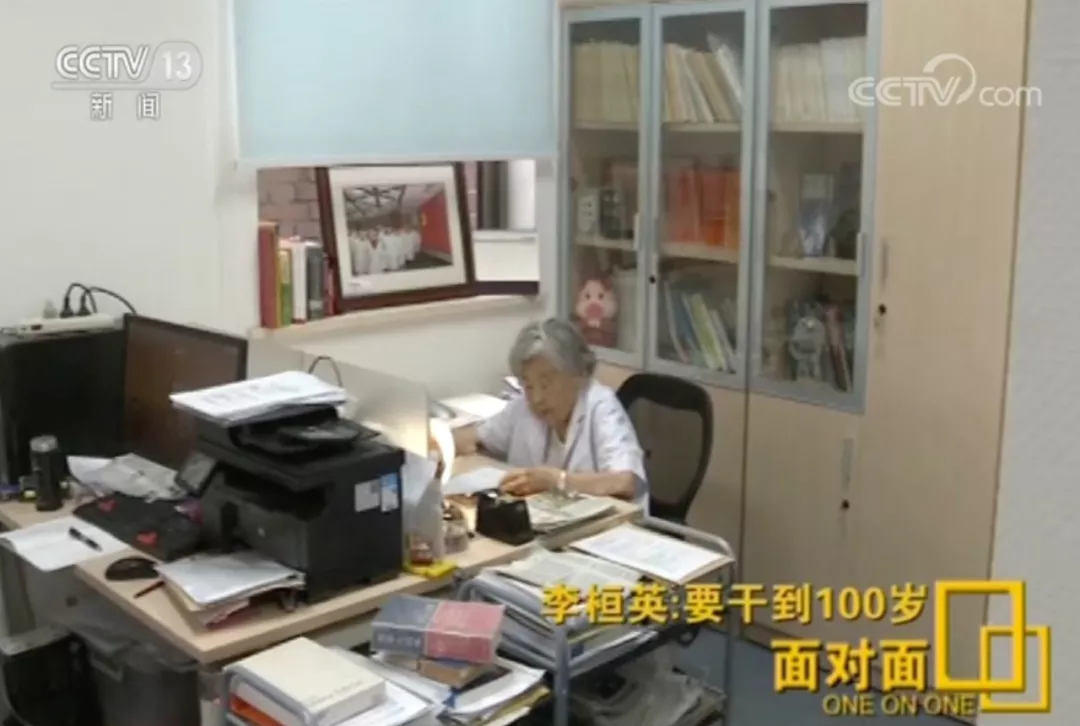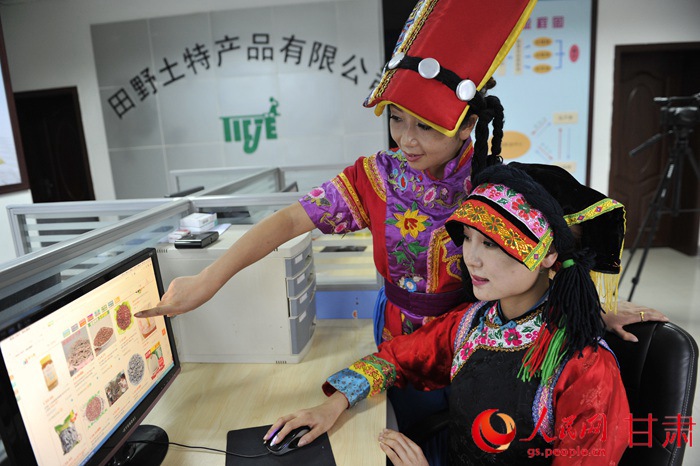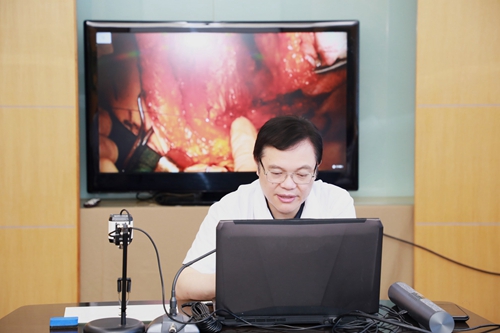(China Daily)07:54, August 09, 2019
Domestic enterprises accelerate pace of innovation amid friction between China, US
The structure of Chinas foreign trade will continue to improve with more flexibility in the second half of this year due to its institutional, industrial and market advantages, officials and experts said on Thursday.
Li Kuiwen, a spokesman for the General Administration of Customs Department of Statistics, said China has not only increased its market share with major economies such as the European Union this year, but its trade volume with emerging markets has also notably surged.
Lis remark came after the administration announced earlier on Thursday that Chinas foreign trade grew 4.2 percent year-on-year in the first seven months of the year to 17.41 trillion yuan ($2.47 trillion).
The EU remained Chinas largest trading partner between January and July, with bilateral trade volume up 10.8 percent year-on-year to 2.72 trillion yuan, followed by the Association of Southeast Asian Nations, up 11.3 percent to 2.35 trillion yuan, and the United States, down 8.1 percent to 2.1 trillion yuan.
To offset the negative impact caused by the Sino-US trade dispute, potential for trade cooperation between China and economies participating in the Belt and Road Initiative such as ASEAN, Russia and Italy has been further unleashed this year, said Chen Bin, executive vice-president of the China Machinery Industry Federation.
Chen said the trade dispute between China and the US has prompted Chinese enterprises to accelerate their pace of innovation to break external restrictions in many fields such as semiconductors and new materials, as well as expand their global presence at a notable pace.
Yan Min, a division head at the State Information Centers Department of Economic Forecasting, said Chinas diversified trade development 鈥?exploring new markets and generating fresh demand 鈥?has become a driving force for its foreign trade expansion and created room for the country to maintain stable trade growth.
New measures to stabilize trade can help ease the burdens of Chinese exporters and enhance their capabilities to address external uncertainties and boost their confidence, Yan said.
According to the General Administration of Customs, Chinas exports increased 6.7 percent year-on-year to 9.48 trillion yuan in the first seven months, while imports grew 1.3 percent to 7.93 trillion yuan. Its trade surplus widened by 47.4 percent year-on-year to 1.55 trillion yuan during the same period.
Chinas trade with BRI economies totaled 5.03 trillion yuan, up 10.2 percent year-on-year, about 6 percentage points higher than the overall pace, accounting for 28.9 percent of Chinas total trade volume.
Many Chinese exporters are further tapping overseas markets. For instance, Dongfeng Motors has already made plans to enter the European market next year.
The company, in Wuhan, Hubei province, said it aims to export 77,500 vehicles this year, covering a wide range of markets including South America, Africa, Southeast Asia and the Middle East.
We saw growing profit in South America last year, especially from key markets such as Chile, Argentina, Ecuador and Peru, said Li Junzhi, head of Dongfengs international business department.
Chinas trade liberalization efforts, such as the expansion of the China (Shanghai) Pilot Free Trade Zone and the hosting of the second China International Import Expo, scheduled for November, will also help the country to put its foreign trade on a firmer footing, said Wei Jianguo, vice-president of the China Center for International Economic Exchanges.
He said the expected conclusion of the talks of the Regional Comprehensive Economic Partnership, a free trade mechanism attended by ASEAN, China, Japan, the Republic of Korea, Australia, New Zealand and India, will also help expand Chinas foreign trade activities.
Over two-thirds of the RCEP negotiations on bilateral market access have been completed, and negotiations on the remaining parts are being actively pushed forward, the Ministry of Commerce said late last month.
If the RCEP deal can be sealed, it will create one of the worlds largest trading blocs, accounting for 45 percent of the worlds population, 40 percent of global trade and around one-third of the worlds GDP.
![]()







